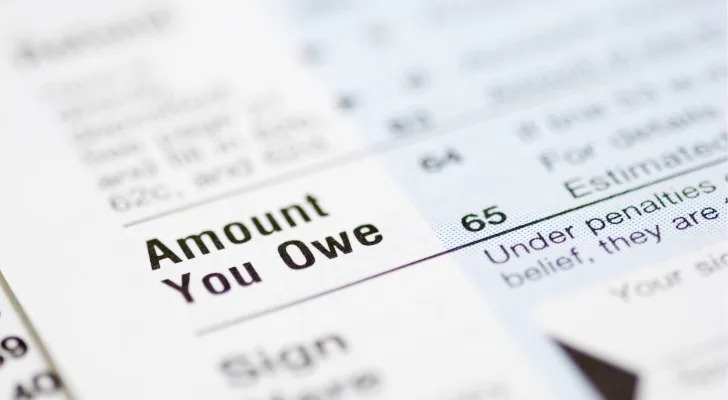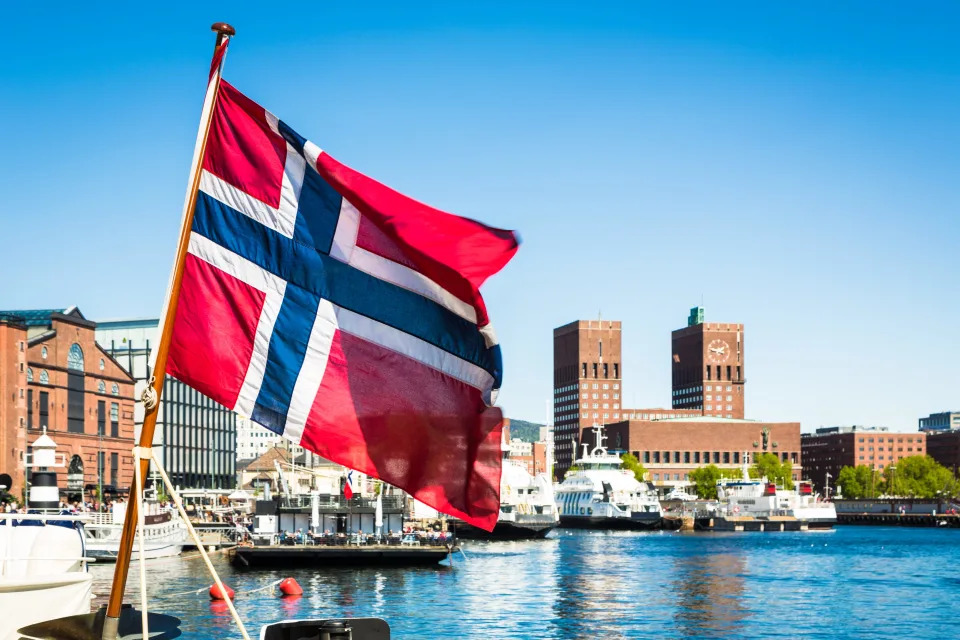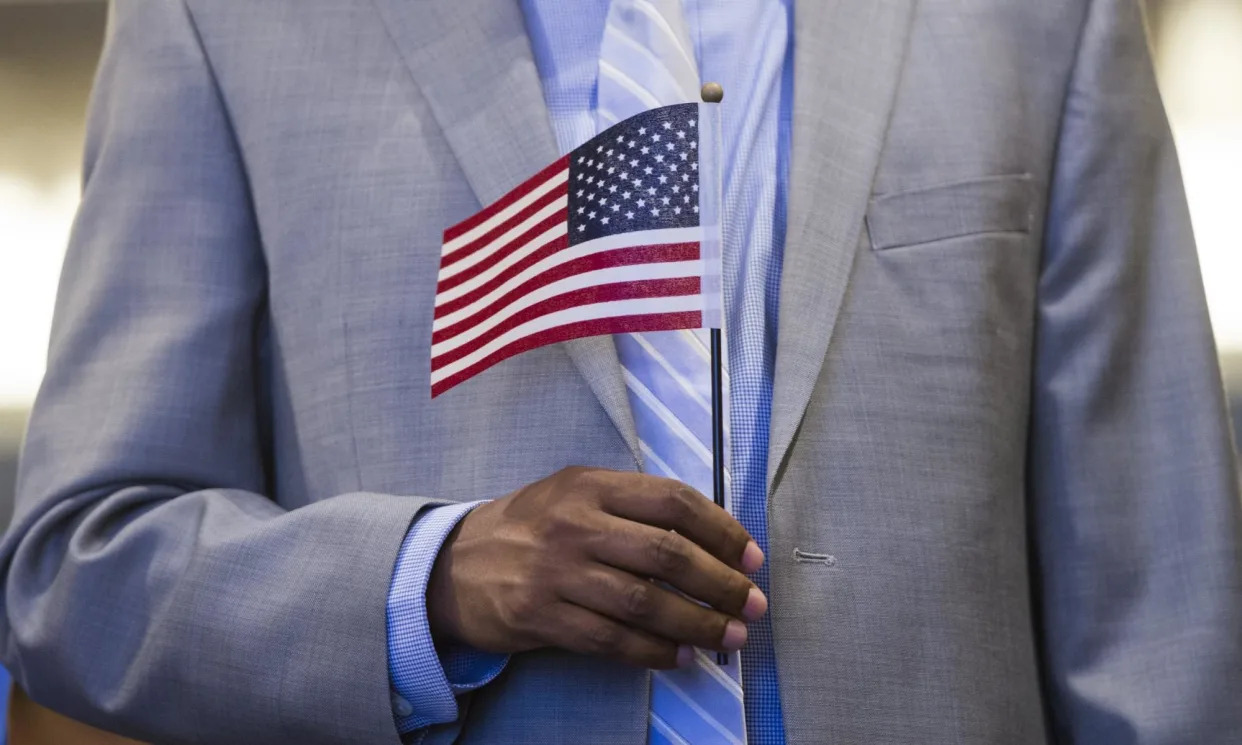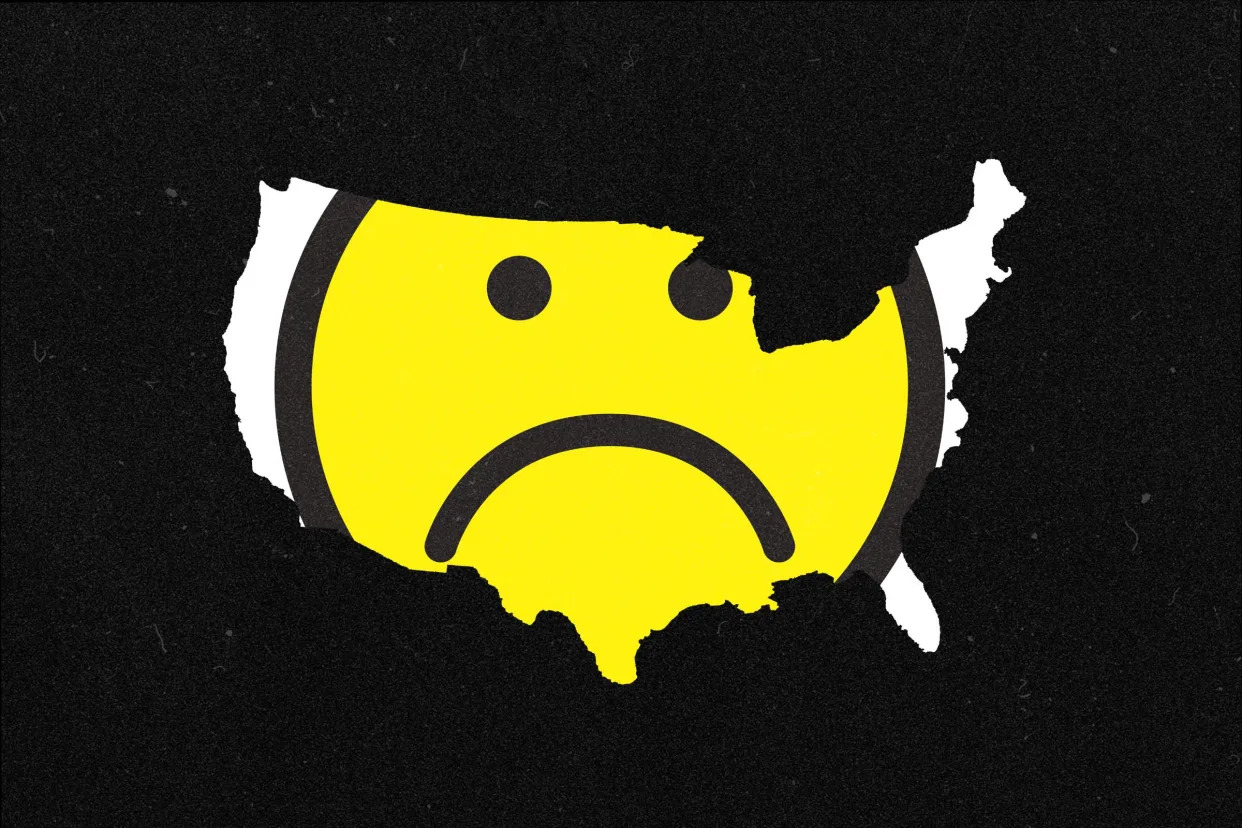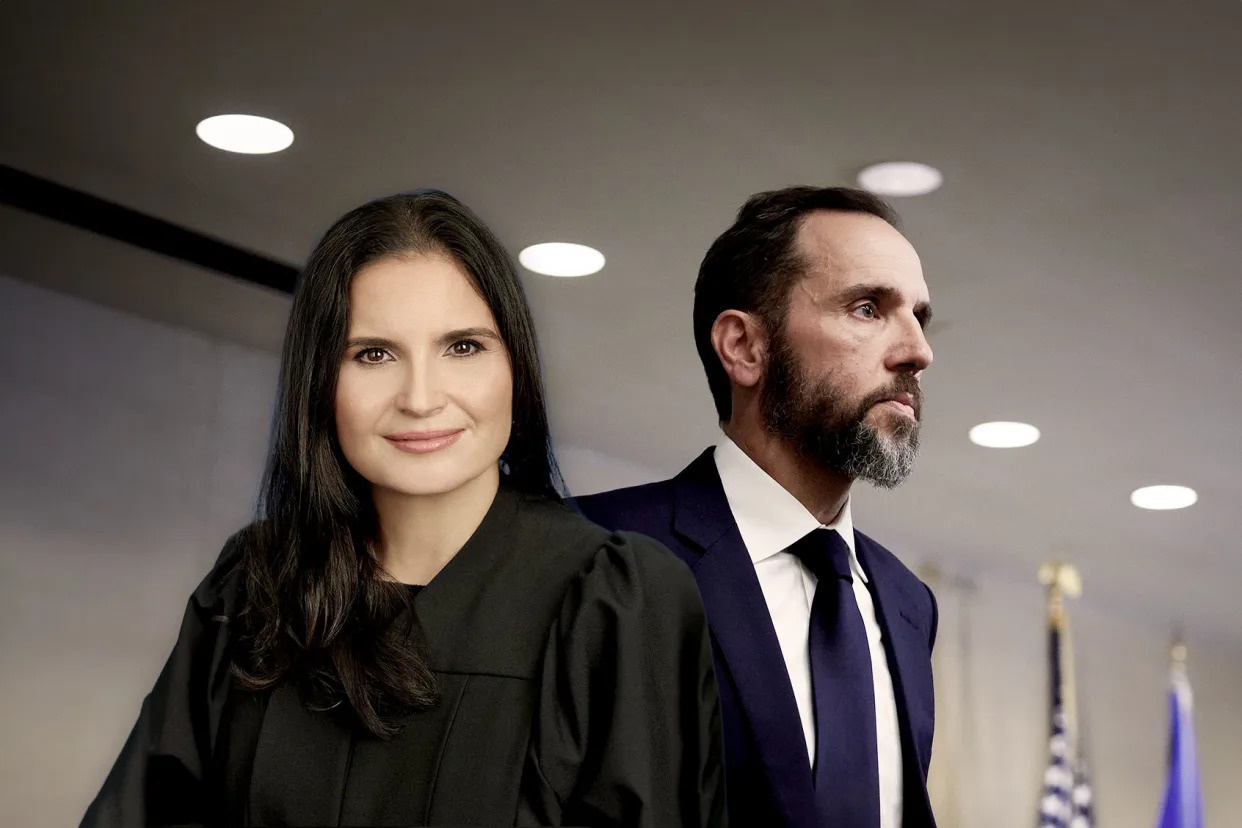Reuters
US economy on solid ground as weekly jobless claims fall, home sales surge
Lucia Mutikani – March 21, 2024
WASHINGTON (Reuters) – The number of Americans filing new claims for unemployment benefits unexpectedly fell last week, while sales of previously owned homes increased by the most in a year in February, signs the economy remained on solid footing in the first quarter.
That was underscored by other data on Thursday showing business activity stable in March, though inflation picked up. Even a gauge of future economic activity turned positive in February for the time in two years. The United States continues to outshine its global peers, thanks to labor market resilience.
The Federal Reserve on Wednesday left interest rates unchanged, with policymakers upgrading their growth forecasts for this year and indicating they still expected to lower borrowing costs three times by year end. Economists said the upbeat economic reports made it more unlikely that the U.S. central bank would start cutting rates before June.
“Companies are not laying off workers and the labor market remains relatively strong,” said Christopher Rupkey, chief economist at FWDBONDS in New York. “And now there are signs of life for existing home sales. This makes easing monetary policy at this juncture more problematic.”
Initial claims for state unemployment benefits dropped 2,000 to a seasonally adjusted 210,000 for the week ended March 16, the Labor Department said. Economists polled by Reuters had forecast 215,000 claims in the latest week.
Claims have been mostly bouncing around in a 200,000-213,000 range since February. Despite a flurry of high-profile layoffs at the start of the year, employers have largely been hoarding labor after struggling to find workers during and after the COVID-19 pandemic.
Unadjusted claims decreased 12,730 to 189,992 last week. Applications in California plunged by 5,369, while filings in Oregon fell 2,580. They more than offset notable increases in Michigan and Missouri.
Fed Chair Jerome Powell told reporters on Wednesday he did not see “cracks” in the labor market, which he described as “in good shape,” noting that “the extreme imbalances that we saw in the early parts of the pandemic recovery have mostly been resolved.” The U.S. central bank has raised its benchmark interest rate by 525 basis points to the current 5.25%-5.50% range since March 2022.
The claims data covered the period during which the government surveyed business establishments for the nonfarm payrolls portion of March’s employment report. Claims rose marginally between the February and March survey weeks. The economy added 275,000 jobs in February.
Data next week on the number of people receiving benefits after an initial week of aid, a proxy for hiring, will offer more clues on the health of the labor market in March. The so-called continuing claims increased 4,000 to 1.807 million during the week ending March 9, the claims report on Thursday showed.
“The labor market is gradually rebalancing, but the adjustment appears to be coming from less hiring rather than a surge in firings,” said Rubeela Farooqi, chief U.S. economist at High Frequency Economics. “We expect job growth to slow somewhat but the unemployment rate to remain low this year.”
HOUSING SUPPLY IMPROVES
Stocks on Wall Street were trading higher. The dollar was steady versus a basket of currencies. U.S. Treasury prices fell.
In a separate report on Thursday, the National Association of Realtors said existing home sales jumped 9.5% last month to a seasonally adjusted annual rate of 4.38 million units, the highest level since February 2023. The monthly increase in sales was also the largest since February 2023.
Economists had forecast home resales would fall to a rate of 3.94 million units. Sales were boosted by an improvement in housing supply, with inventory surging 5.9% to 1.07 million units, the highest for any February since 2020. Supply was up 10.3% from one year ago.
Home resales, which account for a large portion of U.S. housing sales, fell 3.3% on a year-on-year basis in February.
The housing market has been battered by the Fed’s aggressive monetary policy stance as it fights inflation, and the signs of improvement in supply, together with retreating mortgage rates, bode well for the spring selling season.
Nonetheless, housing inventory is still well below the nearly 2 million units before the pandemic. Homes in many areas, especially in the Northeast, continue to receive multiple offers, pushing out first-time buyers, who accounted for only 26% of transactions last month.
That share is well below the 40% that economists and realtors say is needed for a robust housing market. A fifth of the homes sold last month were above listing price.
Many homeowners have mortgages with rates below 4%, discouraging them from selling their houses, contributing to the supply crunch and higher home prices. The median existing home price increased 5.7% from a year earlier to $384,500 in February. Home prices increased in all four regions, and could remain elevated with supply still likely to lag demand.
“If broader activity remains strong, a further normalization of home sales and new listings could be an indication that homebuyers are adapting to a higher level of rates,” said Veronica Clark, an economist at Citigroup in New York.
The increase in sales means more brokers’ commissions, which should boost the residential investment component in the gross domestic product report. Goldman Sachs raised its first-quarter GDP growth estimate to a 1.9% annualized rate from a 1.7% pace. The economy grew at a 3.2% rate in the fourth quarter.
The economy’s improving prospects for this year were reflected in a fourth report from the Conference Board showing its leading economic index rebounded 0.1% in February after declining 0.4% in January. That was the first increase since February 2022.
“The economy is poised to continue in expansion mode,” said Priscilla Thiagamoorthy, a senior economist a BMO Capital Markets in Toronto.
(Reporting by Lucia Mutikani; Editing by Chizu Nomiyama, Paul Simao and Andrea Ricci)


